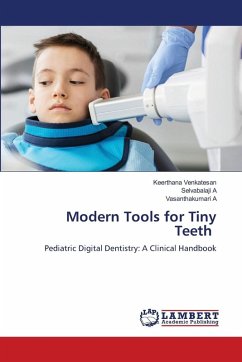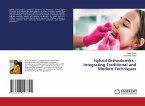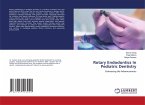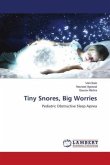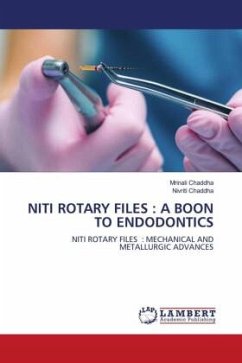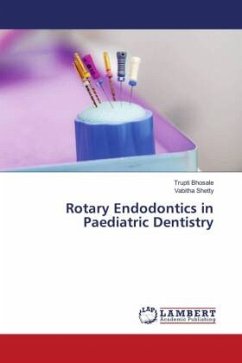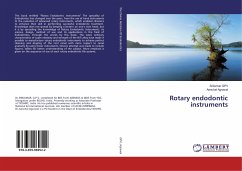Rotary endodontics-the use of electrically driven nickel titanium (NiTi) instruments to clean and shape root canals-has shifted from an "adult only" modality to a valued technique in pediatric dentistry. In children, root canal therapy most often targets two categories of teeth: primary molars approaching-but not yet at-physiologic exfoliation, and young permanent teeth whose pulps have been compromised by caries or trauma long before the roots have fully formed. Both groups present anatomical and biological challenges that are distinct from those seen in mature permanent teeth: thinner dentinal walls, ribbon like or tortuous canals, ongoing or incipient root resorption in primary teeth, and wide, fragile apices in young permanent teeth. Rotary technology must therefore respect these constraints while still delivering its hallmark benefits of speed, consistency, and superior canal geometry. The chief attraction of rotary endodontics in pediatric patients is dramatic time saving. Chair time can be cut nearly in half compared with hand instrumentation, an advantage that directly translates into better behavior management and less fatigue for both child and clinician.
Bitte wählen Sie Ihr Anliegen aus.
Rechnungen
Retourenschein anfordern
Bestellstatus
Storno


